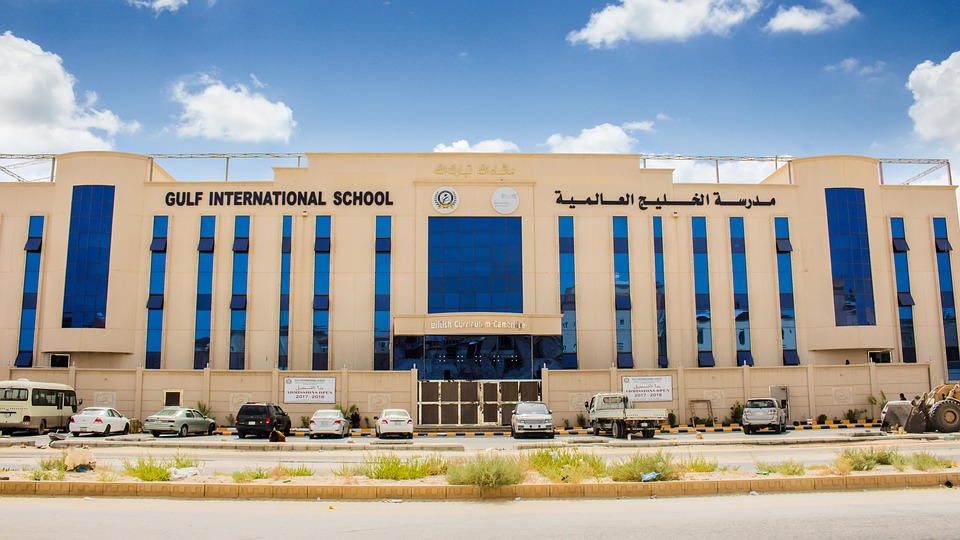There is global growth in English-medium international education. It is projected that this trend will continue growing and the number of students enrolled in these schools will double in the next 10 years
Economies in Asia and the Middle East have seen a rise in English-medium international schools over the last few years.
This has been caused by a rising trend where parents are now choosing to enroll their kids in these schools because so that they can learn through an internationally recognized curriculum and qualifications in preparation for universities and carriers.
Data from ISC Research Global Opportunities Report has shown this steady rise over the past few years. The data also showed that there were 5.6 million pupils aged 3 to 18 years enrolled in local-English medium international education schools.
International education in numbers
In the year 2000, there were only 969,000 pupils who had been enrolled in local English-medium international education schools. There were also only 2,584 international schools available in these regions.
The number of schools as of 2019 has increased to almost fourfold with an estimated 10,937 schools now operating in the region.
The schools have been set in major cities, and their prices vary depending on where they are located. In China, for example, the price of studying in these international schools is $15,726. UAE charges $8,073 while Malaysia charges $6,395.
Another factor that has contributed to this rising number is the increased availability of schools. For instance, there are 309 English-Medium international schools in Dubai, Abu Dhabi has 164 schools, Beijing has 151 and Shanghai has 168 schools. This means that parents in these regions can easily be able to access schools to send their kids into.
This was demonstrated by data showing the rise in these regions. In 4 years, East Asia experienced a rise in students of 7.4 percent from 452,400 in 2015 to 600,900 today.
South-East Asia also showed a significant increase in the number of students rising from 394,100 students in 2015 to 492,300 this year which was 5.7 percent. The Middle East also had a significant increase of these students from 1,334,100 in 2015 to 1,597,200 today.
As more schools continue being accessible, the demand for these schools will continue rising. This means that the international school market is expected to continue with its growth as more and more parents continue to have a preference for these schools.
Looking at Eastern Asia, for example, the projected numbers show that in the next 10 years, there will be almost double the current number now enrolled in local international schools. The same will apply to other regional blocks.
Join the conversation on international education.








